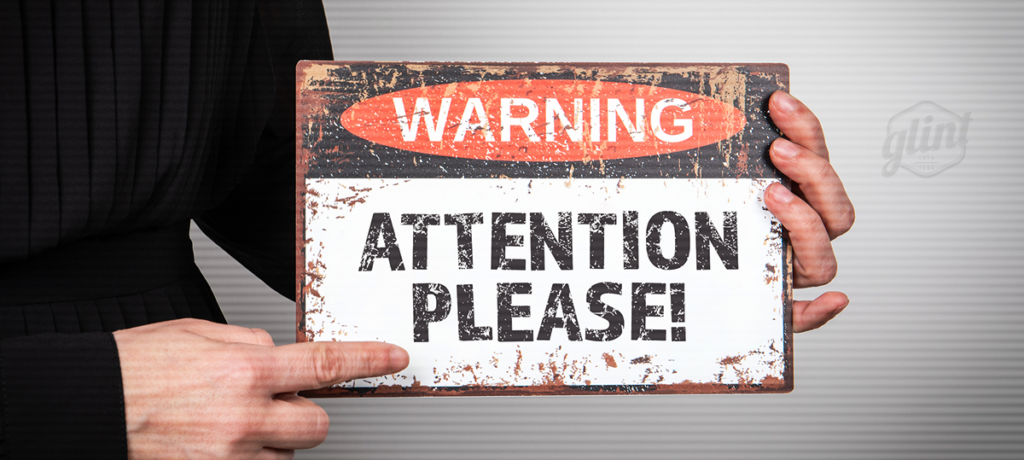Creating a protocol for crisis communications is an important step in ensuring effective and timely communication during challenging situations. Consider these five steps when developing a crisis communications protocol in your organization.
1. Define Roles and Responsibilities:
Clearly outline the roles and responsibilities of individuals involved in crisis communications. Start by identifying a spokesperson(s), decision-makers and team members who can distribute information to your constituents. Everyone whom you select must understand their role and be trained.
2. Establish a Communication Hierarchy:
Do you have a communication hierarchy? If not, create and share one. How will information flow during a crisis? The same energy and thought put into creating fire or tornado protocols should be put into creating an information flow for problem situations. Focus on the “how” of communication flow with your hierarchy. Identify primary communication channels, including internal channels for coordinating response efforts and external channels for sharing updates with stakeholders, media, and the public. Finally, determine who has the authority to approve and release statements and ensure there is backup personnel in case key individuals are unavailable.
3. Develop Key Messages:
Prepare key messages that align with your organization’s brand. These messages should be carefully drafted to address the crisis while conveying transparency, empathy and assurance. Anticipate and prepare responses for potential questions, concerns and misinformation to dispel.
4. Establish Monitoring and Response Protocols:
Remember to create a system to monitor activity during a crisis. Consider how you will verify the information and how you may respond to certain questions or general feedback, negative and positive. Assign dedicated personnel or teams to monitor online platforms, news sources and social media channels to address misinformation and manage the organization’s reputation. You cannot do this alone.
5. Test and Train:
Regularly test and evaluate your crisis communications protocol through exercises and simulations. Please take this opportunity to identify gaps or weaknesses in the system. Also, allow time for team members to practice their roles in a controlled environment. Create a training schedule to ensure everyone is familiar with the processes set in place, including media training for designated spokespersons. Review and update the protocol periodically to incorporate lessons learned and organizational structure or operations changes.
Remember that crises are unpredictable. Flexibility, adaptability and the ability to communicate in real time are crucial. By following these steps and tailoring them to your organization’s specific needs, you can establish a crisis communications plan that you can continue to build upon. Mark that off your checklist, and be the marketer of the year you know you are.
Remember that Glint Advertising is in your corner. We can help you tackle what you didn’t think you could.







